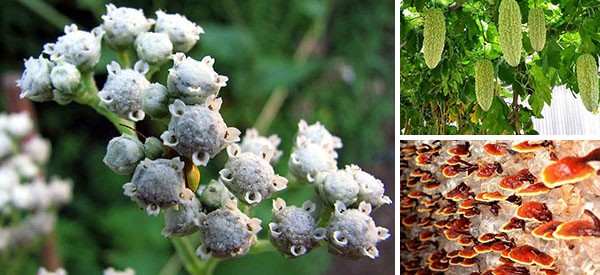
10 Plants You Should Hide From Your Neighbors
There are many reasons why you should hide some plants from your neighbors. If you live in an HOA area, there are rules about which plants you can grow and which are outlawed. Additionally, in a SHTF situation, edible and medicinal plants might be harvested by neighbors or others in need without regard for protecting your supply for the future.
There are many ways to hide valuable food sources and medicinal plants. One way would be to plant them mixed into your landscaping as part of your flower garden, or as part of a landscape feature. If this is not possible, bring them indoors to grow in pots or hydroponically. However you do it, protect your most valuable medicinal plants from being raided or destroyed by others.
These 10 plants definitely deserve a place in your medicinal garden, but you may need to hide them from your neighbors:
Dandelion
Your neighbors know dandelion as a weed to be exterminated at all costs. But this plant is a valuable medicinal plant for your garden. You might get away with growing dandelion in a flower garden, if you remove the flowers before the seed head develops. Dandelion is valuable for:
- Use as a diuretic;
- Cures liver problems;
- Improves pancreas function;
- Cleansing tonic for blood vessels;
- Balances blood sugar;
- Reduces cholesterol.
California Poppy
If you can hide some California poppy in your flower garden, you’ll be richly rewarded when the time comes to use it. Its use as an anxiety reliever and pain reliever make it extremely valuable in a SHTF situation. If it doesn’t grow in your climate, try growing it in pots indoors.
Wild Quinine
If you have a source of wild quinine, nurture it and hide it. In addition to potentially treating our current plague of Corona virus, it has many medicinal uses.
It treats infections of all types, including respiratory infections, gastrointestinal infections, venereal diseases, malaria, debility, and fatigue. It is also beneficial for the kidneys, especially in dissolving kidney and bladder stones.
Related: How To Make Tea Tree Oil To Treat Infections
Turmeric and Ginger
Both turmeric root and ginger root are powerful anti-inflammatories. And inflammation is the root cause of most of our diseases as we age. With the possible exception of bacterial and viral infections, turmeric and ginger are beneficial for treating the inflammation in almost all illnesses.
Fortunately, most people wouldn’t recognize the plants, so you may be able to hide them in your borders as an ornamental.
Feverfew
With well-known and well-documented health benefits, feverfew is worth hiding in your herb or flower garden. Its anti-inflammatory properties are known to treat rheumatism, arthritis, migraines and tension headaches. It is also a natural serotonin inhibitor, naturally relieving anxiety and tension.
Related: How to Make Anti-Inflammatory Band-Aid Using Plantain
Medicinal Mushrooms
Medicinal mushrooms are particularly valuable in fighting cancer and balancing the immune system. Many of the medicinal mushrooms are rare and should be hidden and protected, if you have a wild source.
However, unless you are an expert, do not harvest or eat any wild mushrooms. You can grow your own from purchased spores. Reishi, Shiitake, Maitake, Mannentake, and cordyceps are valuable for medicinal use along with others.
Aloe Vera
Aloe vera is another valuable medicinal plant that everyone is going to want when a disaster happens. It is easily recognizable and roots easily from a leaf. When the pharmacy is not available, you may find your neighbors coveting a piece of your aloe vera. Use aloe to treat:
- Burns, wounds, and cuts;
- Eczema, skin allergies, and skin diseases;
- Digestive problems;
- Constipation;
- Ulcerative colitis.
Related: How to Make a Healing Salve with Cabbage and Aloe Vera
Peppermint
Peppermint is one of the most powerful herbal plants for treating illness. It is easy to grow under the right conditions but does not grow from seed. Get a true peppermint plant, Mentha piperita, cultivated from roots or propagated from a rooting, and protect it from year to year.
Use peppermint to treat digestive issues, nausea, irritable bowel syndrome (IBS), skin conditions, headaches, colds, flu and fever.
Bitter Melon
While bitter to taste, bitter melon is edible and medicinally active. It is recognizable as a food and medicine to many people and you may find your garden raided during an emergency situation.
The fruit is extremely valuable in reducing blood sugar, purifying the blood, treating skin conditions, reducing inflammation, boosting the immune system, and fighting cancer. It is an antifungal and antibacterial and it protects the heart, kidneys, and liver.
Wild Lettuce
If you have a source of wild lettuce, hide it to protect it and consider growing it in your medicine garden. Wild lettuce, Lactuca sativa, is often called lettuce opium because of its ability to relieve pain.
It can be used orally or topically as a powerful pain reliever, mild sedative, and hypnotic. When pain strikes, it is helpful to have a wild lettuce plant nearby.
Hiding your most valuable medicinal plants is not about hoarding them. We want you to share your knowledge in medicinal herbs and we certainly want you to share the remedies when needed.
However, you need to protect your sources so that they will be available to you for years to come. If your garden is raided and all your supply is depleted, it may be difficult to find replacements in an emergency. So, think strategically and hide a few of your most valuable plants for preservation.
You may also like:
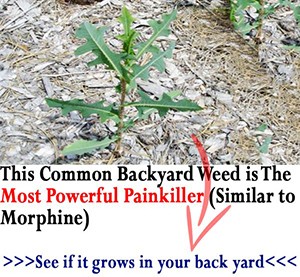 How to Make Dandelion Bread (With Pictures)
How to Make Dandelion Bread (With Pictures)
How to Make a Self-Sufficient Backyard on 1/4 of an Acre (Video)
5 Medicinal Plants that My Grandmother Grew in Her Backyard
9 Natural Remedies that People with Diabetes Will Find Useful








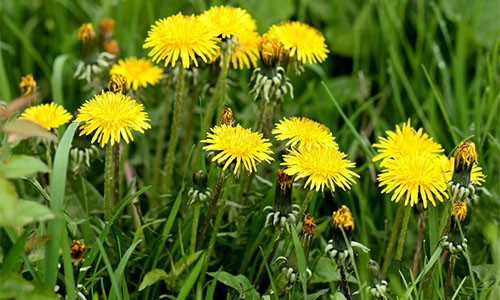
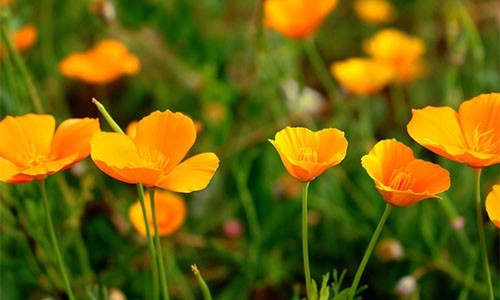
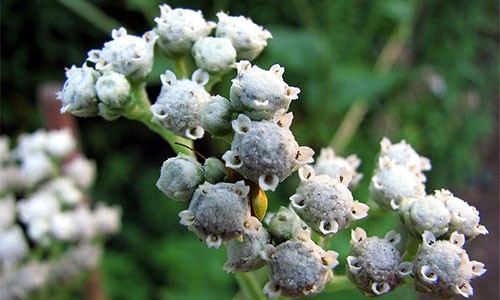
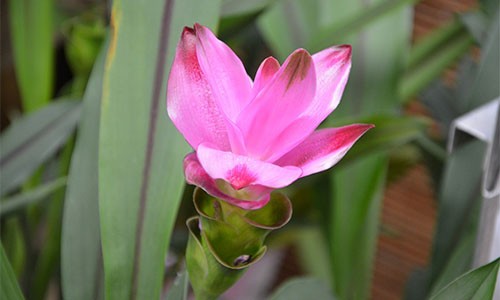
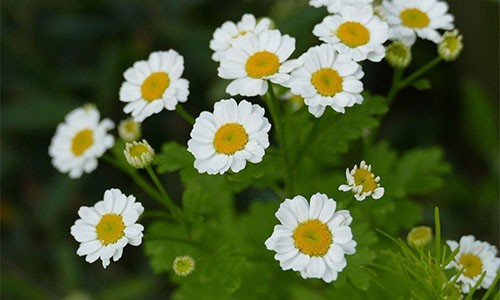
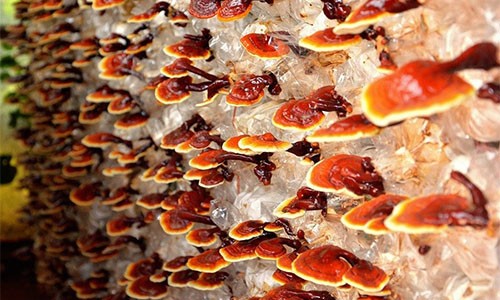
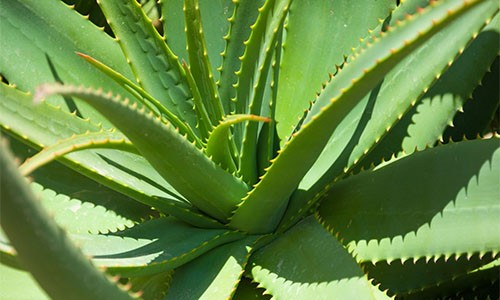
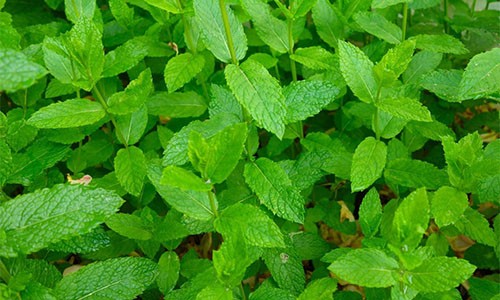

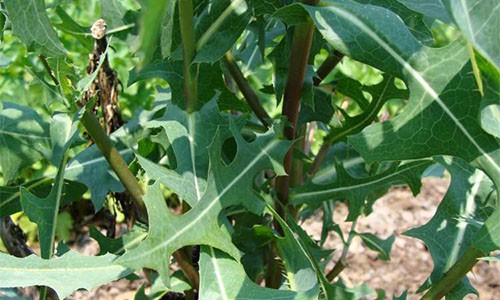



How can we safely identify edible plants . I wish photos were shot up closer to the leaf and plant seeing both the top side of the leaf as well as the underside.
There is an app called “plant snap”. You can take your own pics to compare to a huge database. For a small membership, botanists will help in the ID. There is a mushroom ID group on Facebook.
I have tried plant snap but I could never really trust the results it gave me. I could take 4-5 photos of the same plant within seconds and get 4-5 different “results” for what it was “supposed” to be. Even the app owners warned of this issue with the app.
Start with one, and after you are sure of its ID, try it to be sure it’s palatable for you, then move to a second and so on. Dandelion is a safe start. My grandmother would harvest all the dandelion leaves she could find to can them for winter, as well as Lamb’s Quarter, both delicious and nutritious. I use an app, Seek, and belong to several FaceBook foraging groups.. Sam Thayer has several good foraging books that I use as well, available on Amazon.
There is an app called plant identifier. It will tell you what plants are by taking a picture. I know that I have at least 15 medicinal plants I took pics and it identified them correctly.
Get the google app. You can take a picture with the app. It identifies almost anything
How can I use Alloa era for constipation please?
Are all ginger roots edible? I have several beautiful tall plants growing that have a delicate flower but I,m afraid to try.
Hi Lourtissa,
Thank you so much for your comment.
Unfortunately, some ginger roots are used ornamentally. However, they are eligible. For instance, Shampoo ginger (Zingiber zerumbet) has edible roots but they taste bitter and are not worth eating.
The “cardamom ginger” often sold in Florida (Alpinia calcarata), though it’s not the true cardamom, has leaves that have an earthy flavor and can be used like bay or cumin.
Shell ginger (Alpinia zerumbet) has leaves that make a tasty tea.
Common ginger and its cousin turmeric are edible in all their parts, so if you have those – use them however you like. The leaves are coarse in texture, so they’re not good in salads, but they are good to add seasoning to dishes and for tea.
Torch Ginger has edible uses as well. According to Hawaiian Plants and Tropical Flowers: “The unopened flower buds are edible and very flavorful, and they are used in Southeast Asian cooking.”
God bless!
thanks
There is an app called plant identifier. It will tell you what plants are by taking a picture. I know that I have at least 15 medicinal plants I took pics and it identified them correctly. I looked it up its called picture this
Hi Judy,
Thank you so much for your comment.
We appreciate that you shared this App with us.
God bless!
I’ll have to try that app! Thank you!
I tried to get this app. But it said it wasn’t available in my country. Usa???
you didn’t mention comfrey…
Hi Kara,
Thank you so much for your comment.
There are many herbs which deserve a place in our medicinal garden and indeed Comfrey is one of them.
God bless!
How can we buy these plants or seeds?
Hi Marianne,
Thank you so much for your comment.
You can purchase the majority of the seeds from Amazon.
However, if you are willing to, you can also check the following website:
https://www.mountainroseherbs.com/
God bless!
Is there a particular reason you left out Prickly Ash, also known as Indian Toothache Tree?
Hi Amos,
Thank you so much for your interest in our work.
In this article we mentioned more common herbs, but indeed Prickly Ash is a very beneficial plant.
God bless!
Ur, you must have really crappy neighbors if they mess with your garden. I love the herb information in here. I hate the paranoia pandered.
Hi Taunya,
Thank you so much for your comment.
We really appreciate your feedback and be sure we will put it to good use.
God bless!
Taunya Gren: unfortunately, as world governments get more and more into our lives via tracking, (cell phones, email, social media, vaccinations cards, face masks, credit card purchases, vaccination drivers’ licences…all these are now tracked) they will continue to ask people to “spy” on friends, relatives and neighbors to find those who are not following their agenda…
Governments don’t want you to have access to medicinal plants so you can help yourself get/stay healthy and will eventually ban all medicinal plants and supplements. It is already beginning.
Planning ahead of this will keep you accountable to yourself for your health.
As sad as that is to think about, it is reality, and getting worse.
Where can I find seed for wild lettuce? Does anyone sell it?
send me a self-addressed stamped envelope and i will send to you
How do I send you a self addressed envelope for some wild lettuce seeds? I am also interested in some seeds. Thank you.
I enjoy all the wonderful plants and their uses that you share with us. I was wondering about Rabbit Tobacco? I can’t find much online about it. Thank you
Hi Sherry,
Thank you for your comment.
Very little is written about Rabbit Tobacco’s herbal properties and is not well known. It is considered to have pain-relieving and decongestant properties.
Rabbit Tabacco is perfect for colds and winter aches. It can also be made into a relaxing tea.
God bless!
I’m researching Wild Quinine and Feverfew (which many websites say are the same thing), but I see that you, rightly so, have posted two different plants. Am I missing something or what other information could you give me to help not confuse the two whose names are often used interchangeably? (ie: I see medicinal advice for feverfew/wild quinine but then the plant pictured is feverfew. Can both plants be used for same ailments?)
I have fibromyalgia and looking for SOMETHING for pain relief that is not addictive. Sticking nettle does nothing for me. I’d love to try wild lettuce. Where can I get some seeds or plants. Thank you!
Stinging I meant